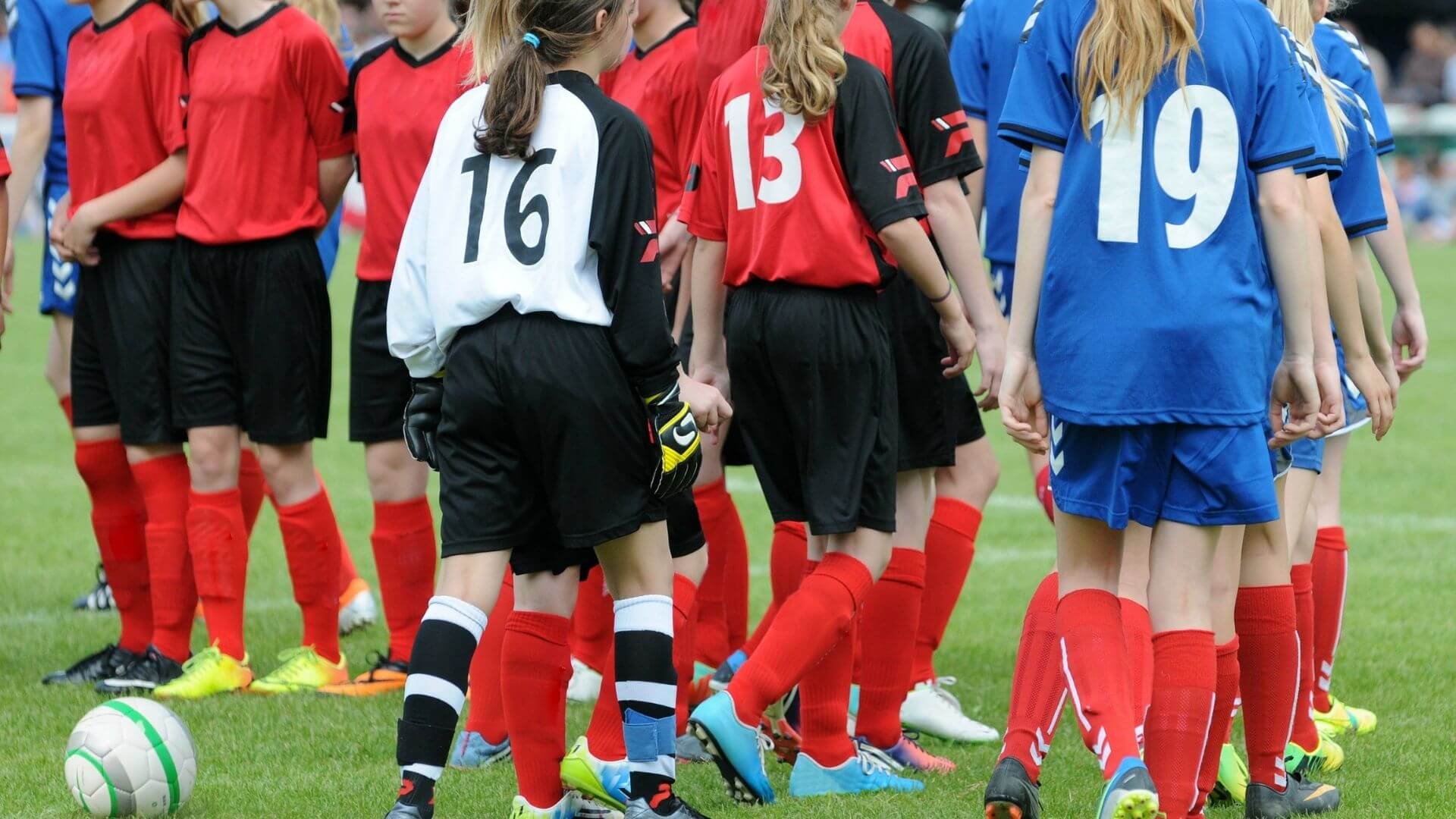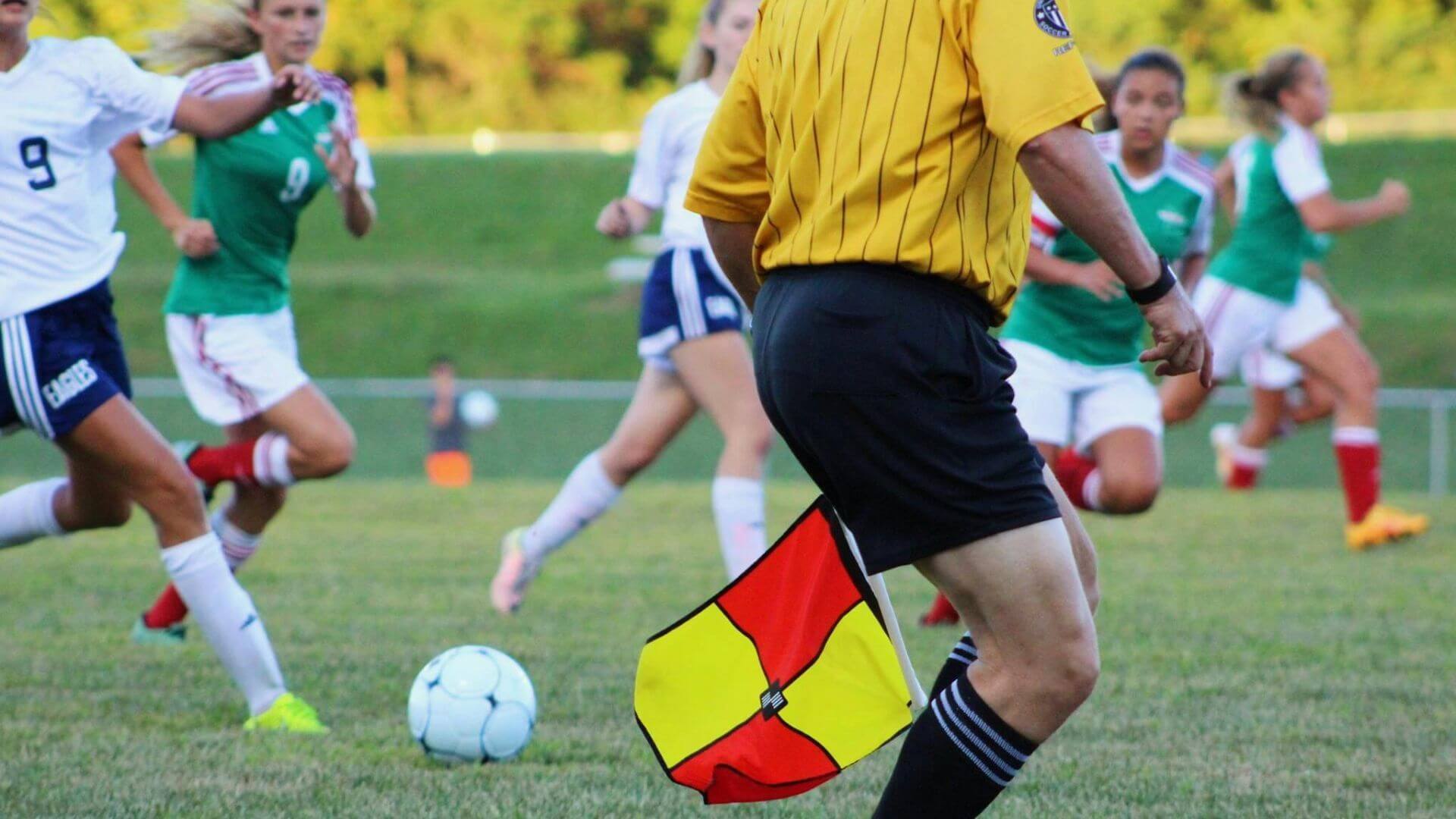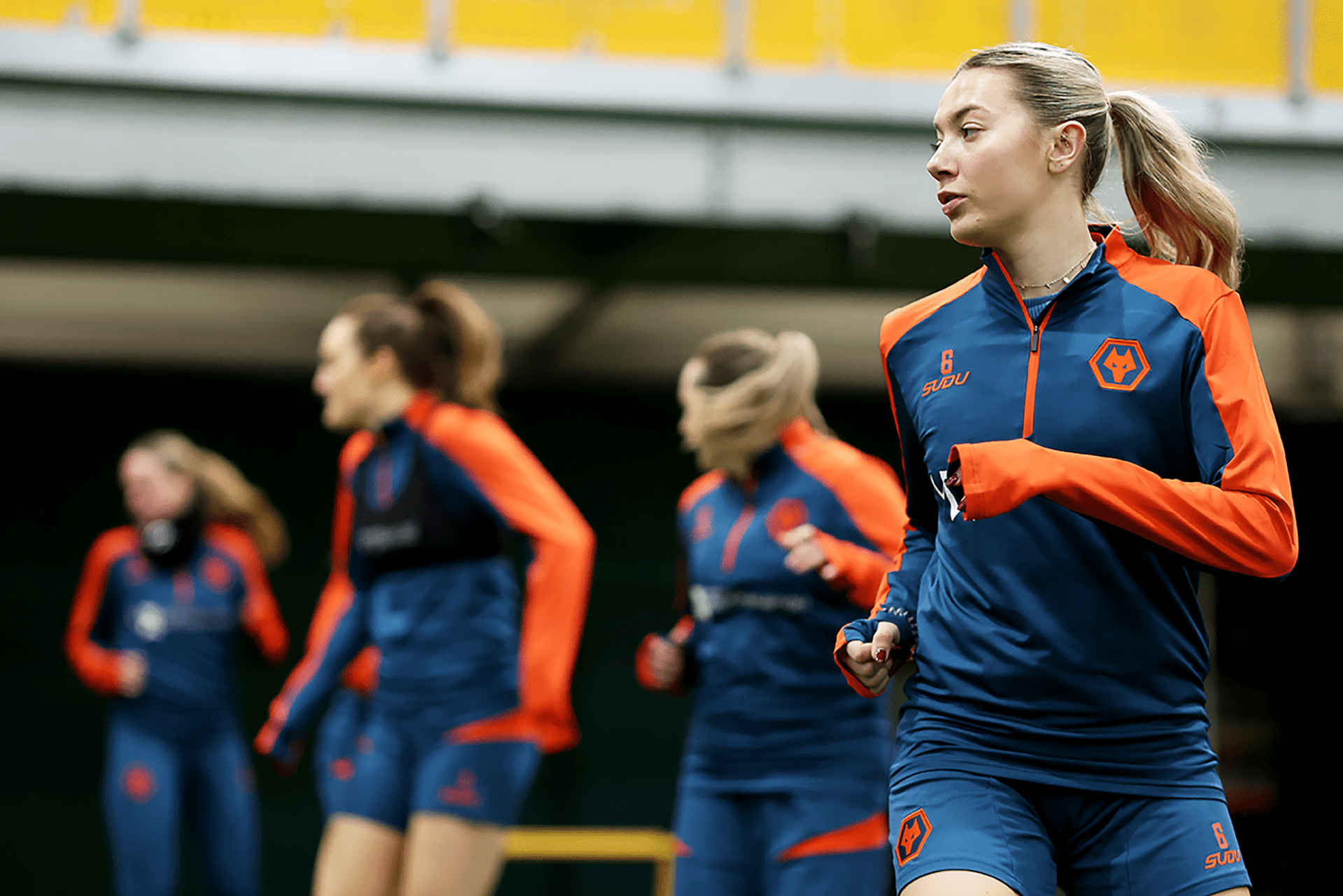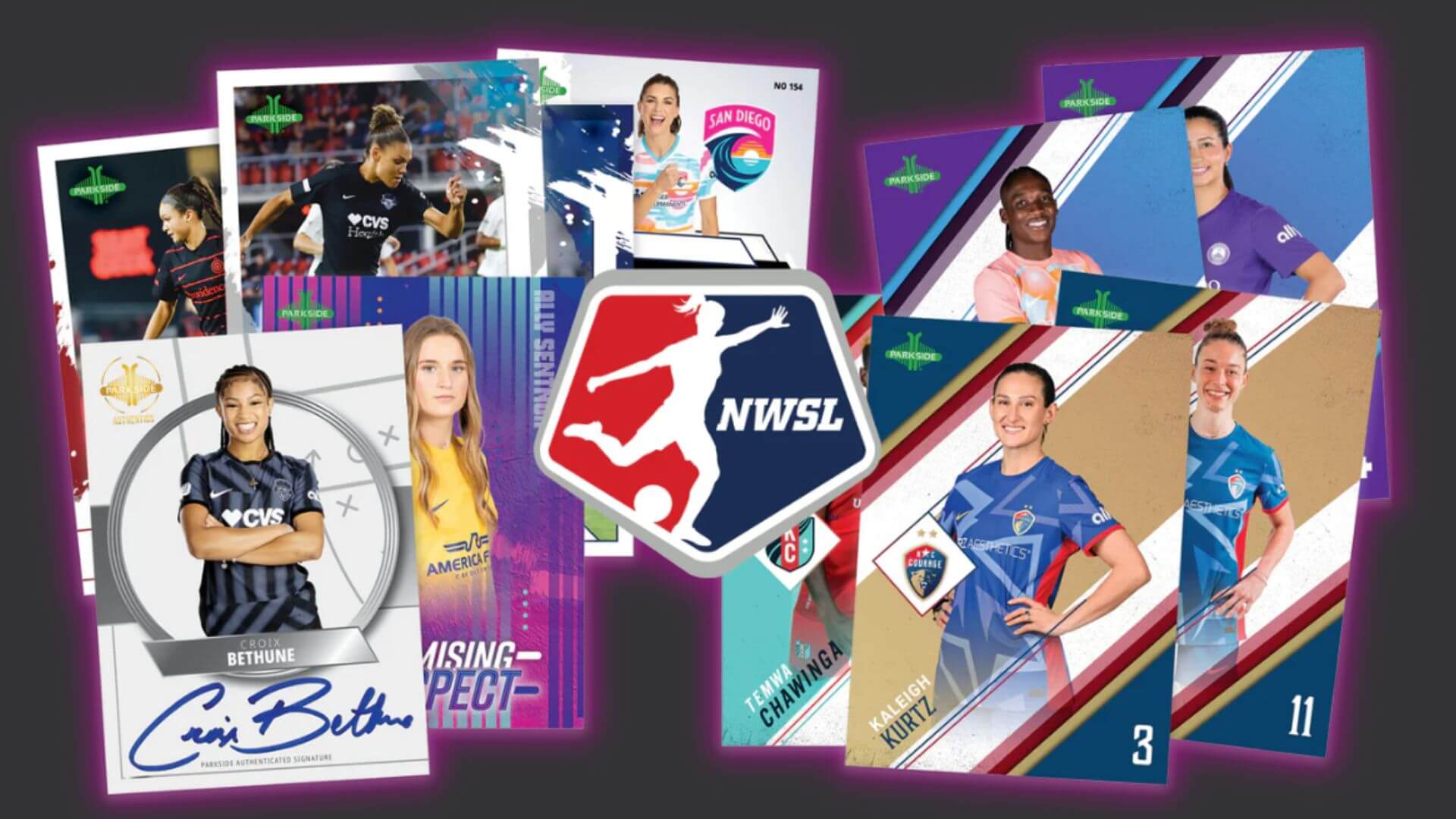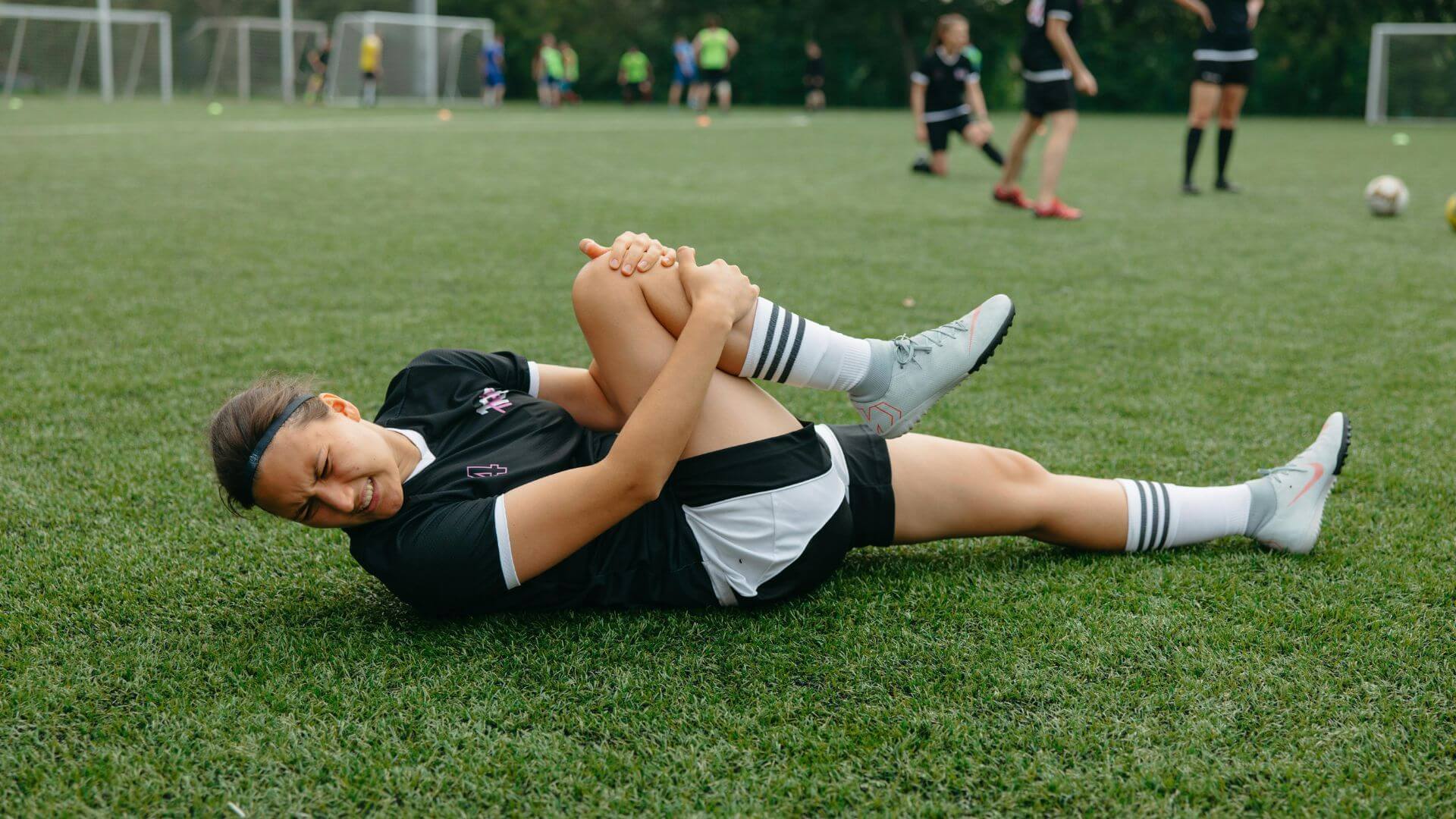Does Visualization Actually Help Your Game?
What is visualization? Visualization is the experience of representing an object or scenario in your mind. It’s a way to rehearse mentally. Though the term “visualization” implies images, it integrates each of your senses until they come together to form something cohesive.
Are you the type of athlete who experiences intrusive images of your missed opportunities after a game? In your mind, does the goal you let in that cost your team the game replay in a loop? Do you feel your heart sink from the loss or fill up with excitement from the win? What about when your coach is teaching you a new skill in practice? You likely use the demonstration as a reference point to try to imitate.
All of this is visualization, and it’s a skill you can improve and benefit from.
What Kinds are There?
There are several kinds of visualization and ways to think about them.
Skill Maintenance
This takes less mental effort because you already know the skill, but it is for routine rehearsal and general review of fundamental skills, like passing a ball with the inside of your foot.
New Skills
If you learn a new skill, it is most effective to practice it mentally the night you learn it. It’s like learning new material in school; looking over your notes that night and sleeping on it gives your brain the chance to process it, to integrate pieces of it into long-term memory.
Warm-Up
Just like warming up your body gets your muscles, joints, and tendons ready to perform, your mind needs to loosen up so it can react and process appropriately.
Performance
Overall, performance involves the entirety of your individual role, from your technique to your mentality, to your position as a player.
Do They Work?
Studies show that the same brain regions are stimulated when you imagine performance as when you physically perform. Mentally rehearsing allows you to influence your brain to create more successful outcomes. Walking yourself through specific scenarios can help you become familiar with the expectations within that scenario.
Research has also shown that motor skills during performance and the ability to learn new skills improved with incorporating visualization into practice. Additionally, visualization is a useful tool in helping to ignore unknowns, which is a key part of performance anxiety in athletes. Elite athletes incorporate visualization techniques into their routines.
Tips and Techniques
Focus on the Process
Focusing on the process rather than outcomes is shown to be the most effective at improving performance. This is because it forces you to break down the steps it takes to succeed, rather than picturing success with no real map to help you get there.
Break the Big Things Down Into Small Pieces
Choosing specific things to work on, whether your approach to the ball for a penalty kick, juggling, ball control practice, throw-ins, etc., will help you focus your attention on the important things.
If you are practicing a scenario where you’re trying to score a goal, start back where you made that run or received the ball in the first place and that first touch. Practice it until it is automatic and you don’t have to think about it anymore. Then work on the next piece.
You Direct the Scene
It is important to be in control of how you want your “athletic script” to go. For example, if you’re visualizing yourself about to shoot the ball, go back to the “menu” and replay the scene again. Make sure you see yourself succeeding.
Practice, Practice, Practice
The more you practice visualization, the better you’ll be at it. You can practice at any time since it’s a mental exercise, even while in the shower or doing something very familiar and automatic to you that doesn’t take too much thinking, like brushing your teeth.
Incorporate Movement
Some people find it helpful to add movement to their visualization, so if this is your preference, find a spot where you can concentrate and have room to move a little is ideal. This can make it feel a little more convincing to people who need an extra layer of reality to connect with their mental picture.
Try It.
As a starting point, commit to practicing visualization five days per week for ten minutes per day, for four weeks, and see how it impacts your performance.
Featured Image via Adobe Stock Images
_
GIRLS SOCCER NETWORK: YOUR SOURCE FOR GIRLS SOCCER NEWS






